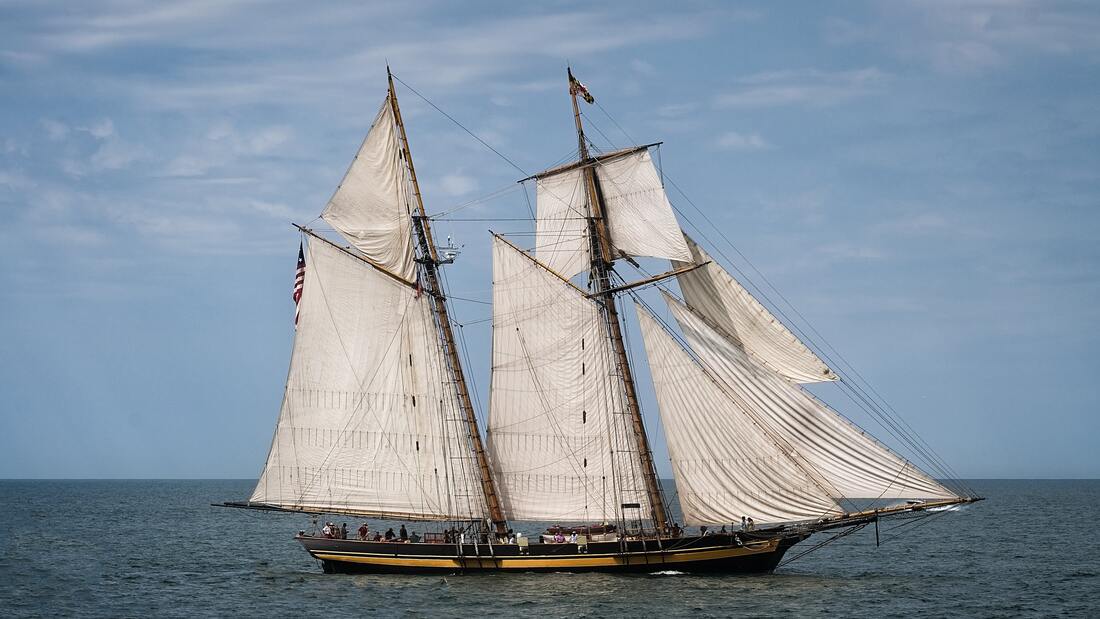The more that I investigated the situation, the more that it made logical sense. Sea shanties, or “shanties,” from the nineteenth function as part of the European-American and Anglo-American folk music cultural traditions. Although the United Kingdom receives frequent academic attention in relation to shanties, primarily because of the ethnographic field work from Cecil James Sharp (1859-1924), this type of music is not linguistically restricted to just English. Nor are sea shanties heard only in Europe. The field recordings of sea shanties at the Library of Congress, collected by Sydney Robertson Cowell and others, had demonstrated their diasporic, transnational influence in the United States.
Why, then, do sea shanties matter for audiences in the twenty-first century? Looking into the purpose behind the sea shanty presents a valid reason. The folk genre served as a form of recreational music through group singing to help sailors pass the time as they worked in the shipyards. Ethnomusicologists like Cecil Sharp have tried notating this unaccompanied music in the past for curious audience as part of the folk music revival in England in the early twentieth century. Some examples of his efforts can be found online via JSTOR*. In the era of COVID-19, the sea shanty takes on new contexts. It helps to musically connect with people who have been remotely isolated. It also functions as a vehicle to describe current events, such as the details surrounding the GameStop stock trading back in January. In this way, the genre that was once old and forgotten is revitalized for a new generation of listeners and artists.
* A note about JSTOR: University students can access this academic platform through their institution. Those outside of academia, like independent researchers, can either read up to 100 articles per month (without downloads), pay for the JPASS subscription service, or pay to download individual articles. That last option is often not the best because of the fluctuating price range for each article, regardless of how old or new the scholarly materials are.

 RSS Feed
RSS Feed
